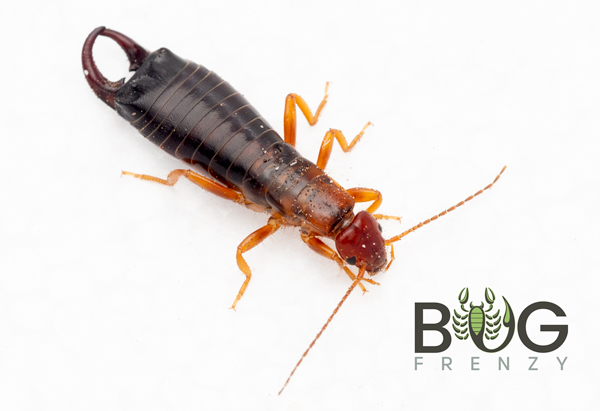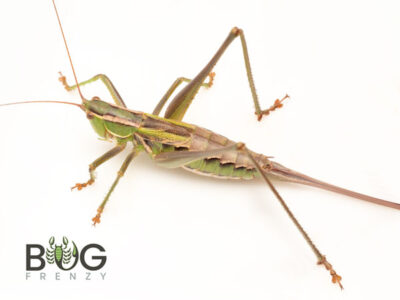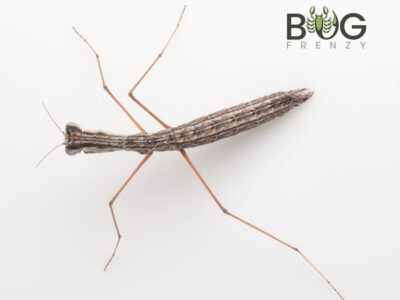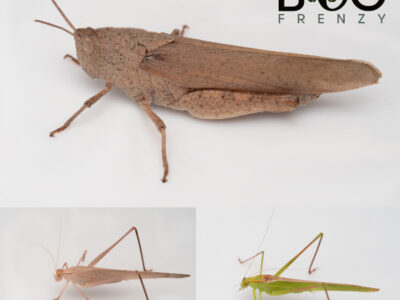Description
Earwigs are the unfortunate subject of lots of hate and incorrect info, many gardeners hate them due to them damaging their plants (Actually the work of the invasive European earwig, Forficula auricularia and none of the native species) and lots of common folk have been subjucated to the myth that they burrow into your brain through your ear to lay eggs (Utter nonsense). Earwig females are excellent mothers and construct a chamber underground in which to lay their eggs, they tend to them carefully, eating any small insects or fungus that try to kill the eggs. Once hatched the mother may feed them for the first few days or just let them go on their way. Baby earwigs simply look like paler versions of the adults, with longer, thinner ‘pincers’ (forceps).
Earwigs are mostly omnivorous, with a few predatory species such as Labidura truncata, L. riparia and members of the family Pygdicranidae.
This earwig is a member of the Anisolabidae family, it is omnivorous. Most earwigs have large, fan shaped wings tightly folded origami style underneath small hard elytra (wing cases) on the back of the earwig, they don’t usually fly but often surprise people when they unfurl their wings and fly. Anisolabidae members are mostly wingless, including this species. They grow up to 25mm in length.
They can be fed on:
Orthoptera food mix (Found in the “food” section)
Fresh fruits and vegetables such as Pumpkin, carrot, lettuce, mango and apple.
Occasional cricket hind legs or freshly euthanised X-tra small crickets (fridge for 10 minutes then freezer for 20 minutes).
All earwigs have ‘pincers’ (Forceps), with smaller and lithe species such as F. auricularia they are thin and weak, and not capable of delivering a painful pinch. However the larger and more robust species like this one have powerful pincers and can draw blood if annoyed.
*Sold as mature or nearly mature earwigs, can be sexed upon request. By default we will not send adult females that look gravid*





Reviews
There are no reviews yet